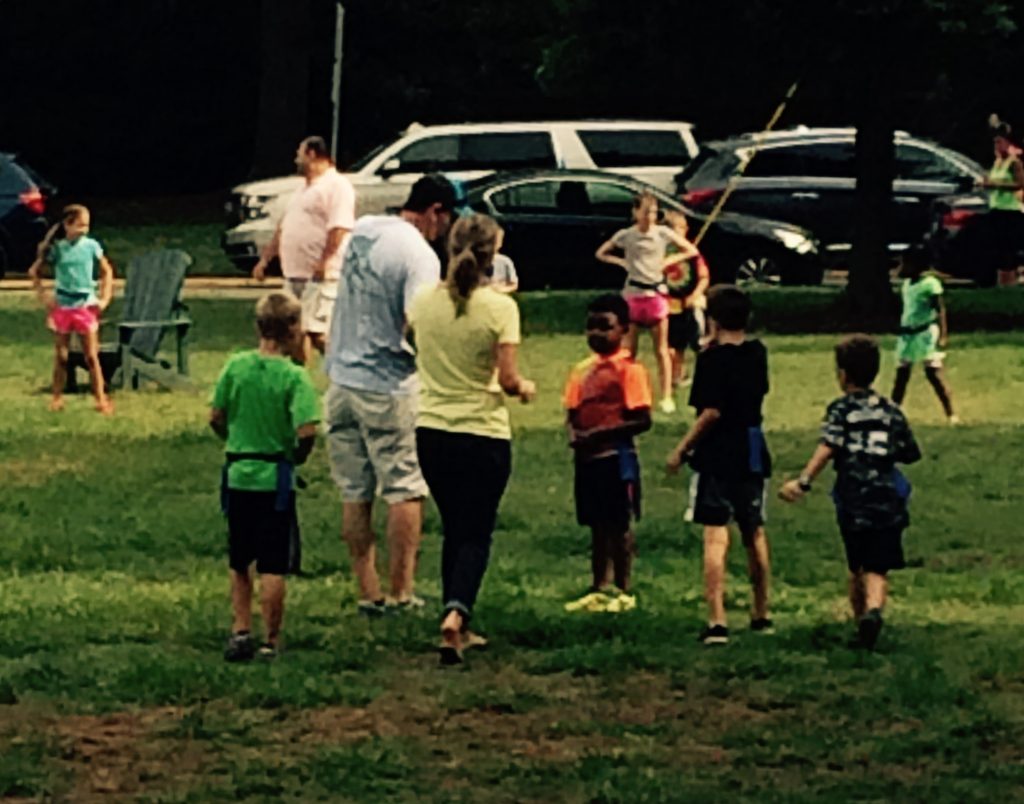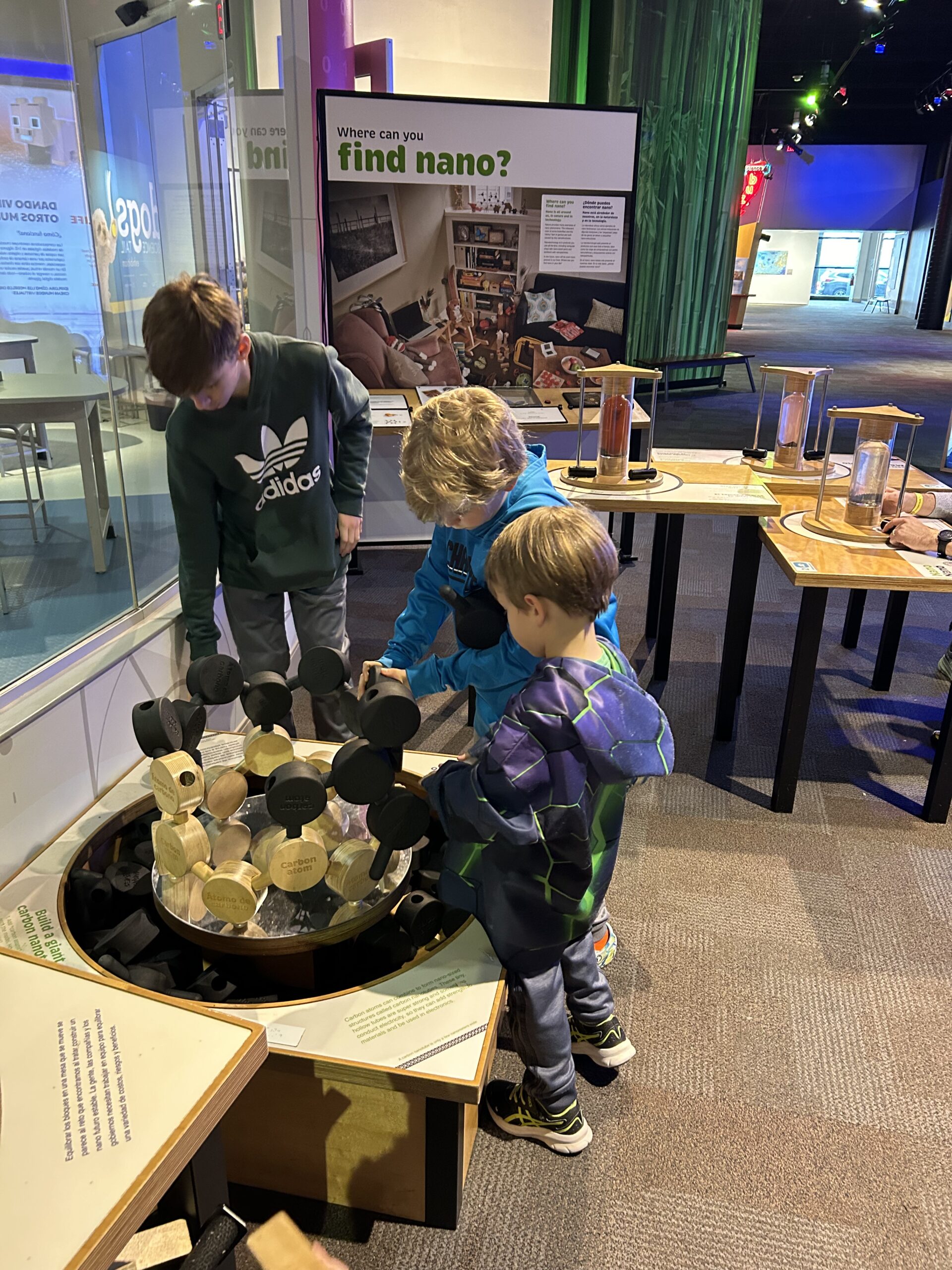Social-emotional learning is a constant in many schools. It is a well-designed exercise for students to become self-aware and respectful of others. The goal of the exercises is for students to build skills they need for the rest of their lives. Social-emotional learning creates a safe learning environment.
Social-emotional learning does not have to be a separate subject. Incorporate SEL throughout the day and in all subjects. The skills include; self-regulation, responsibility, empathy, and discipline. Acquiring these skills applies to the lifelong success of students.
Social-Emotional Learning and Academics
Students learn better when they know how to regulate their own emotions. The theory goes back to Dewey and Vygotsky. Learning is an intrinsically social process. Schools and classrooms are a place of social activities.
Students learn from each other. This means relational skills are part of the learning process. Students are more successful as they learn to collaborate, compromise, and communicate. SEL programs reduce student stress, anxiety, and depression. Students need SEL activities embedded in the classroom throughout the day.
- Engage peers in positive discussions.
- Create a situation for students to display empathy.
- Have students work together on assignments and projects.
- Discuss the positives and negatives of working together.
- Discuss how they empathize with a conflicted book character.
Students who learn social and emotional learning can make responsible decisions. As students take time to reflect on decisions and actions, they develop skills to control various emotions. They can set goals for themselves. Thus, they feel empowered to make positive decisions.
Modeling and Incorporating
Modeling always shows students how to act. Parents and teachers are role models for students. Thus, ‘children learn what they live’. As role models, it is important to display control of anger and negative interactions with others. Also, beware of the impact of words used in conversations.
- Focus on one competency at a time. (self-awareness, self-management, social awareness, relationship skills, responsible decision-making).
- Define the aim.
- Decide the objectives of the lesson.
- Create activities that engage the students.
Incorporating SEL into core subjects creates a positive environment. Peer and teacher interaction improves as relationships are supportive. Begin small and choose one idea at a time. Reflection and feedback from students will help evaluate the learning outcomes.



